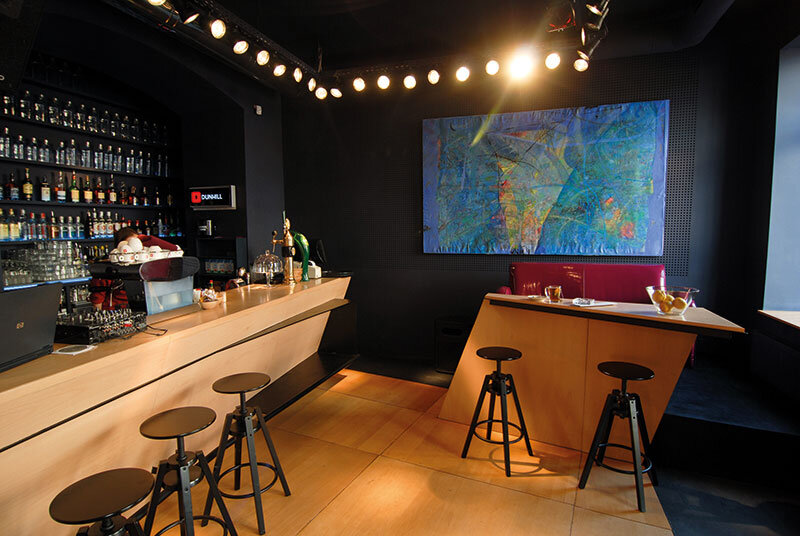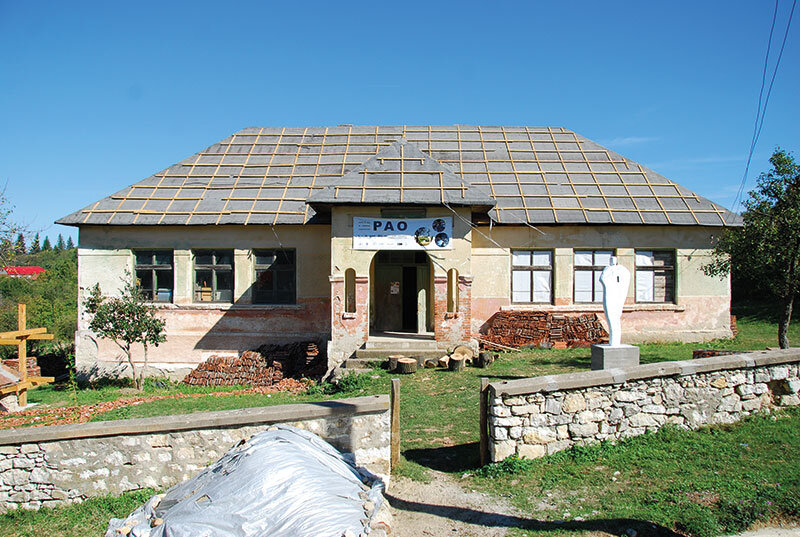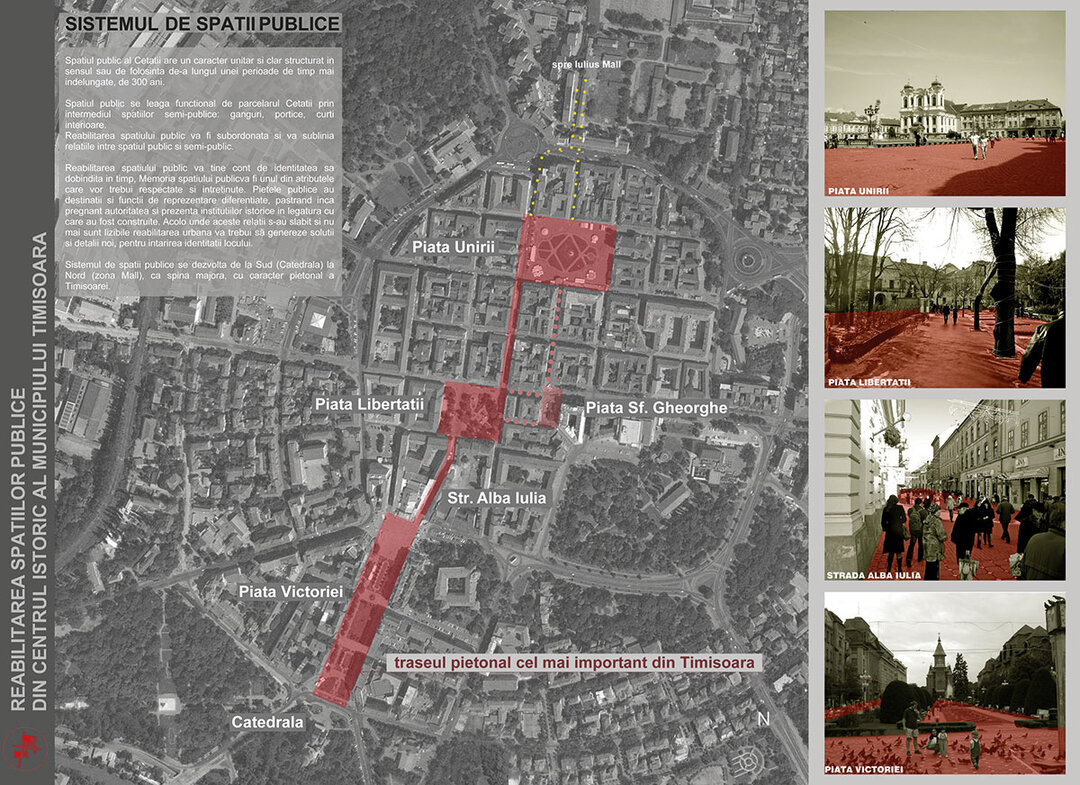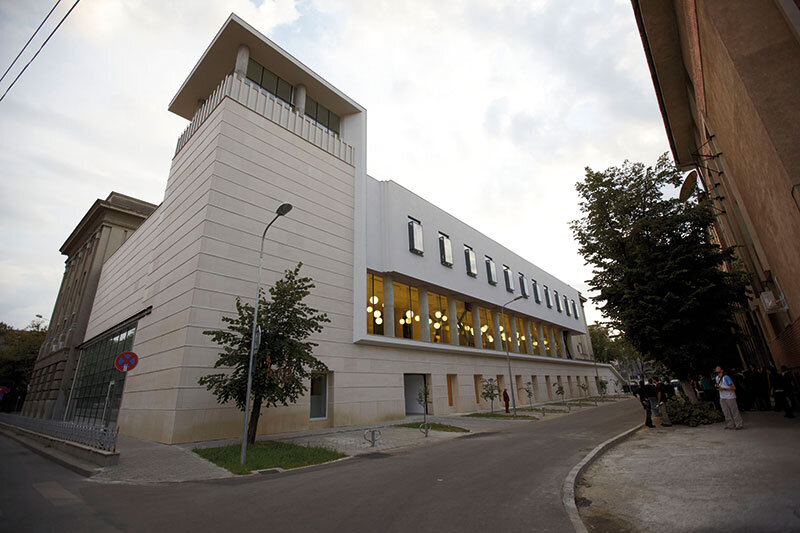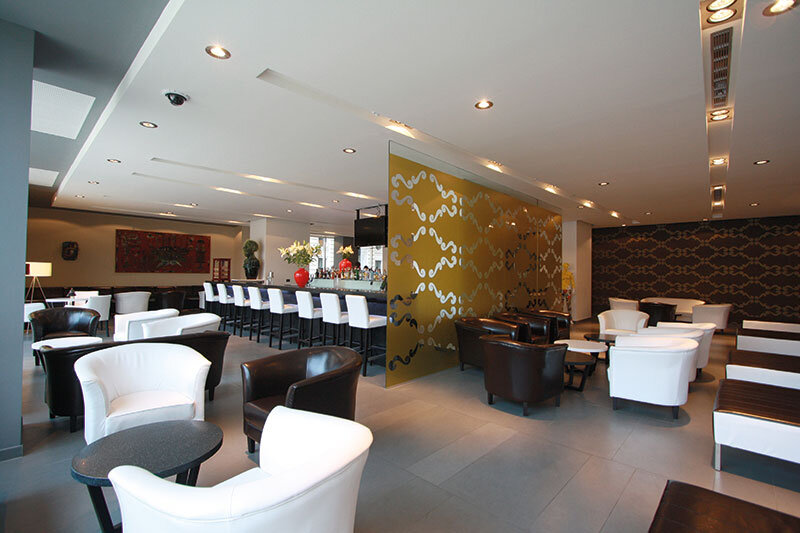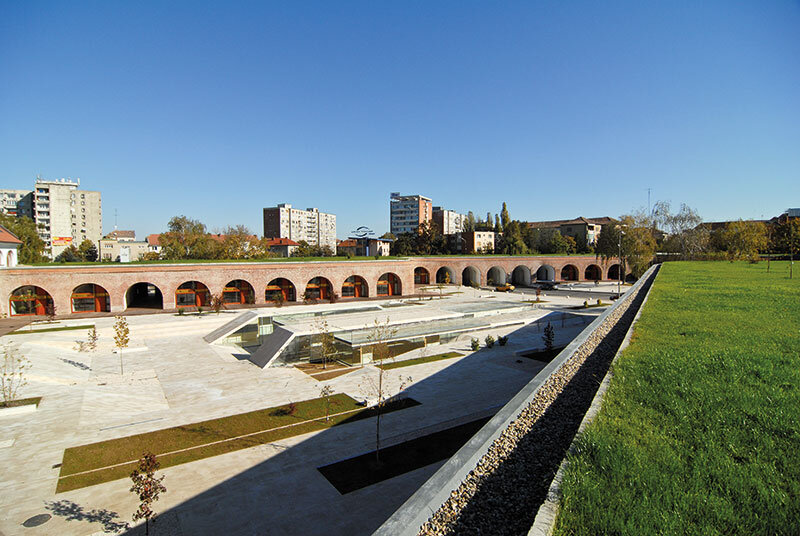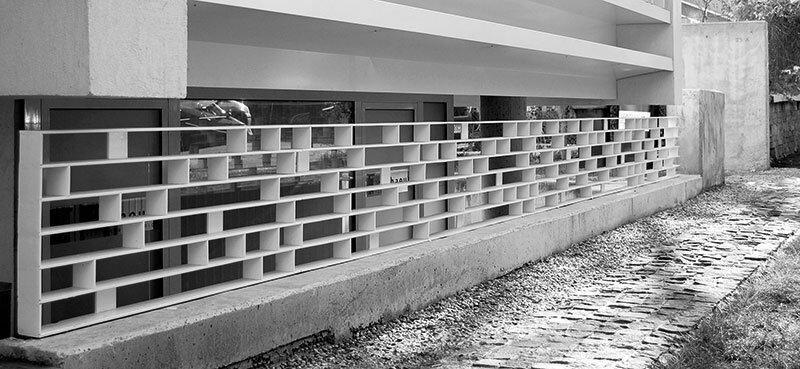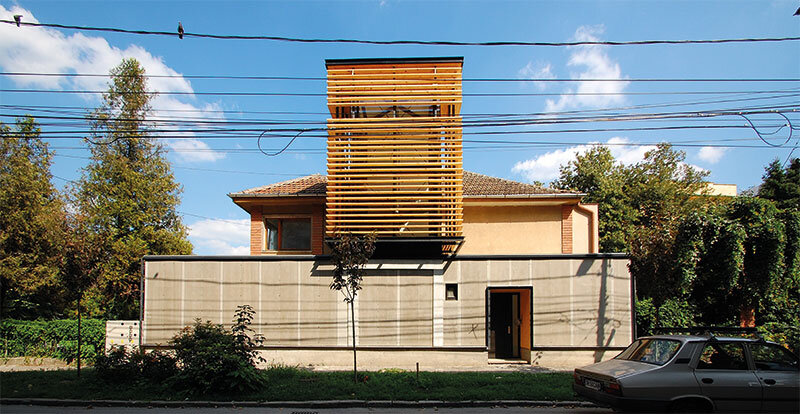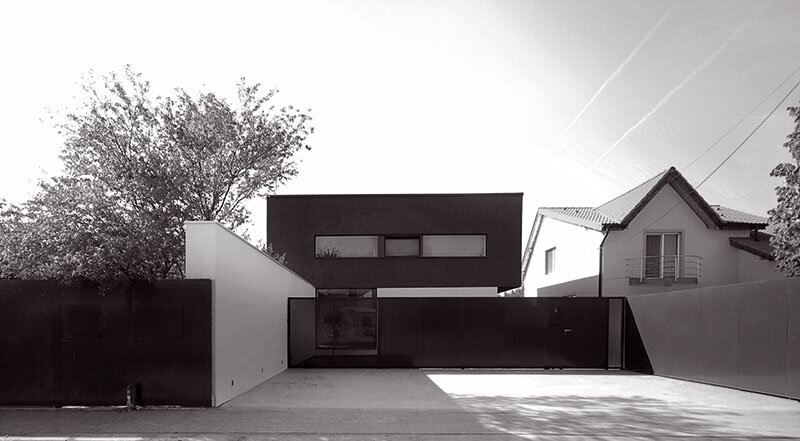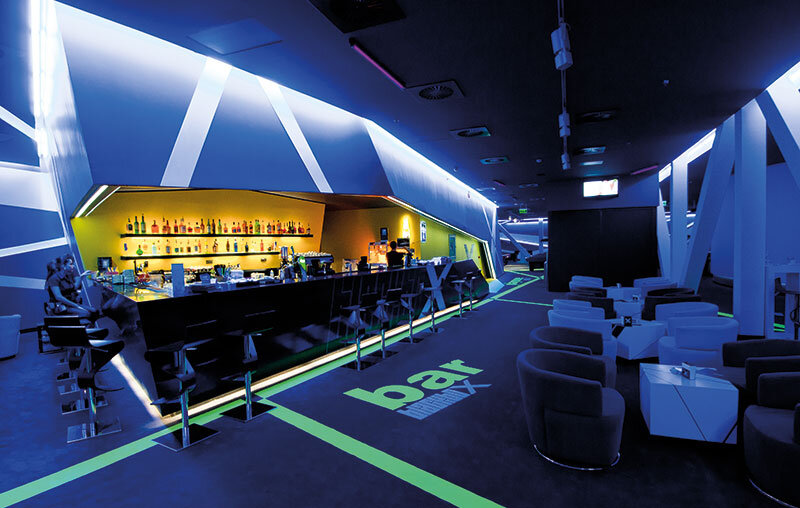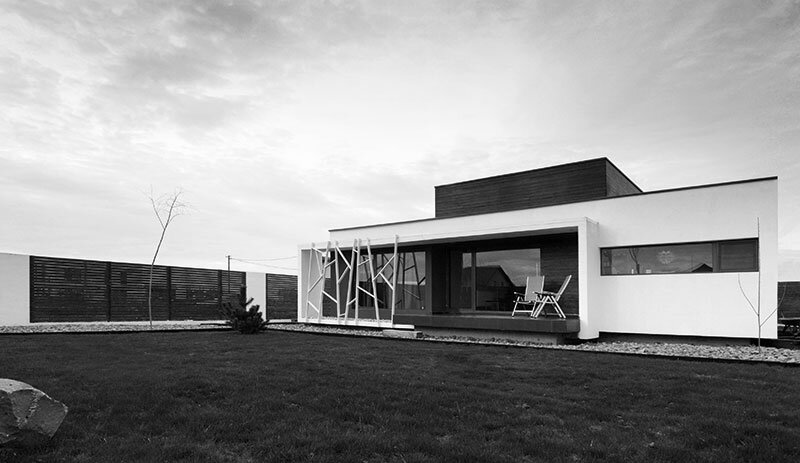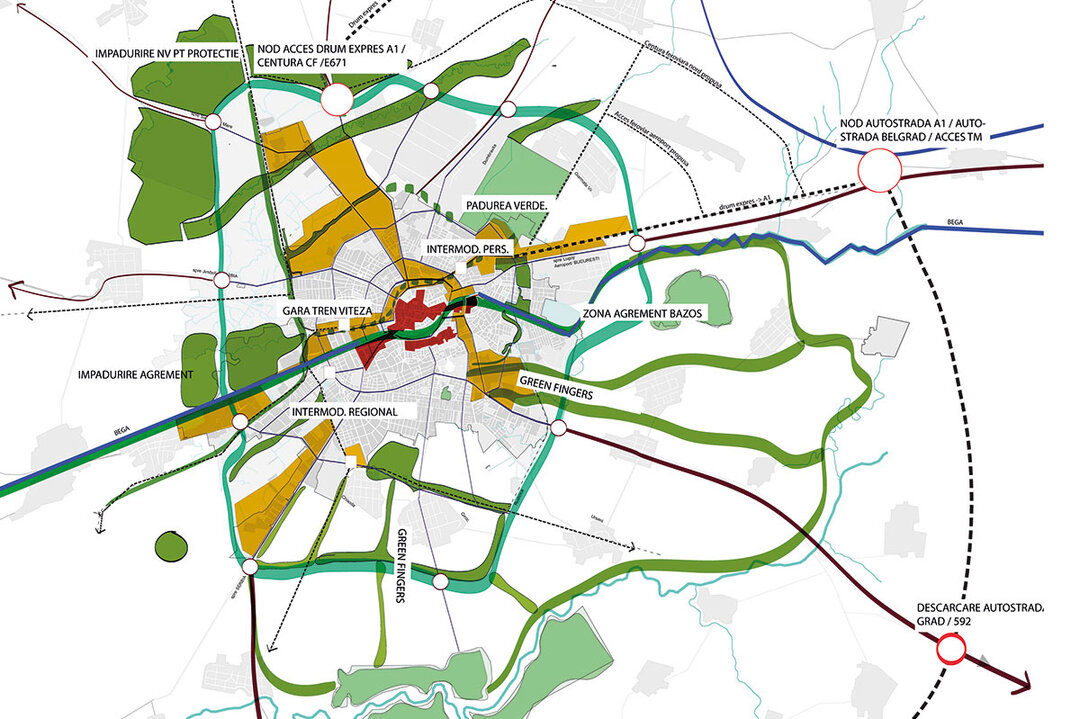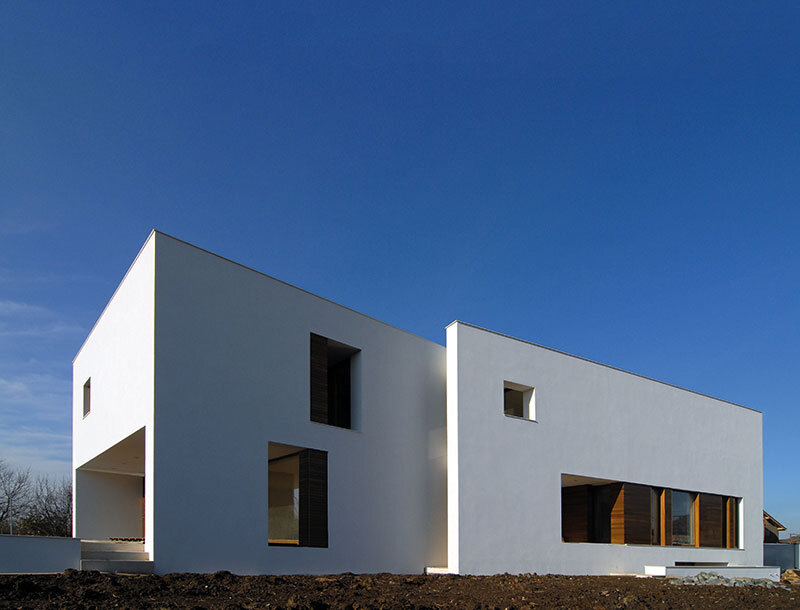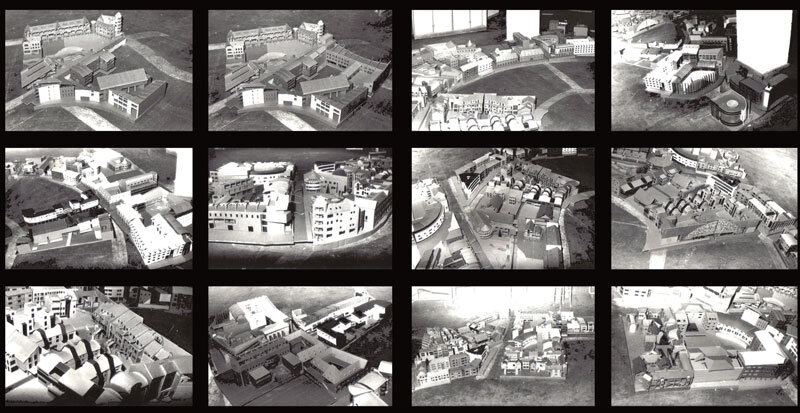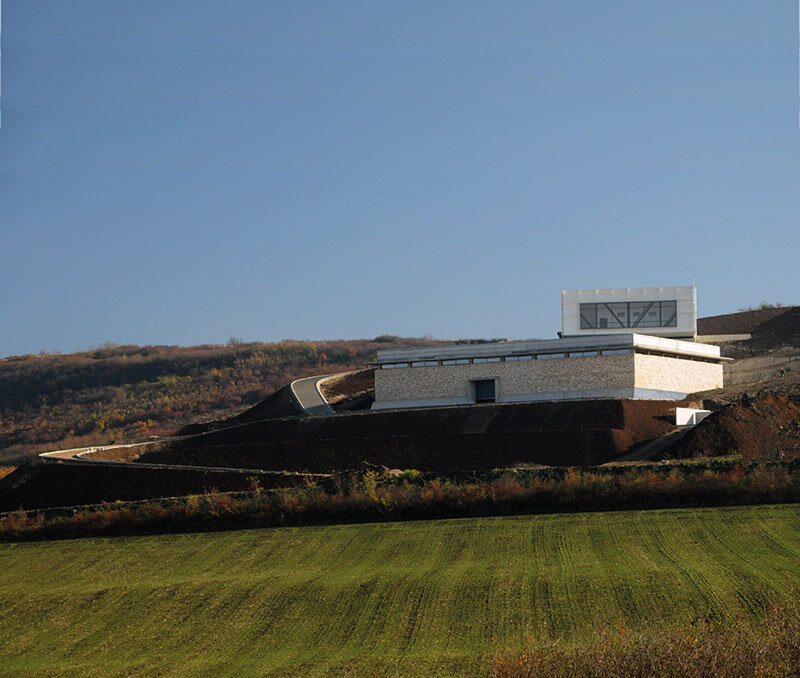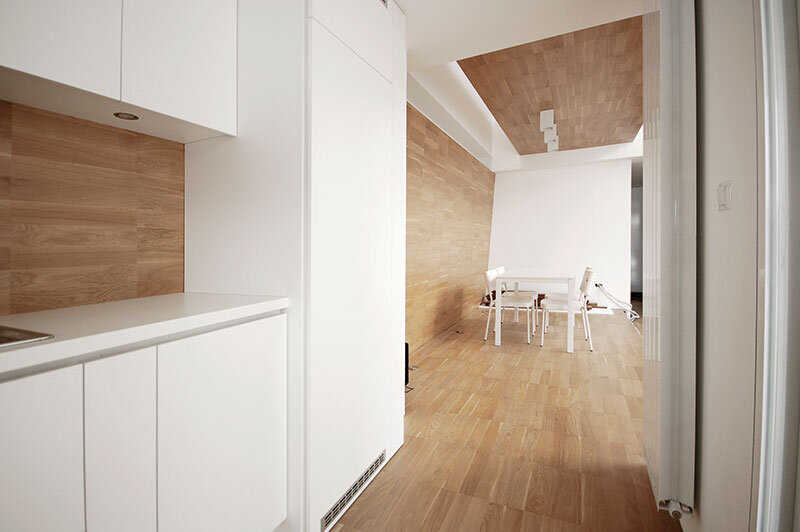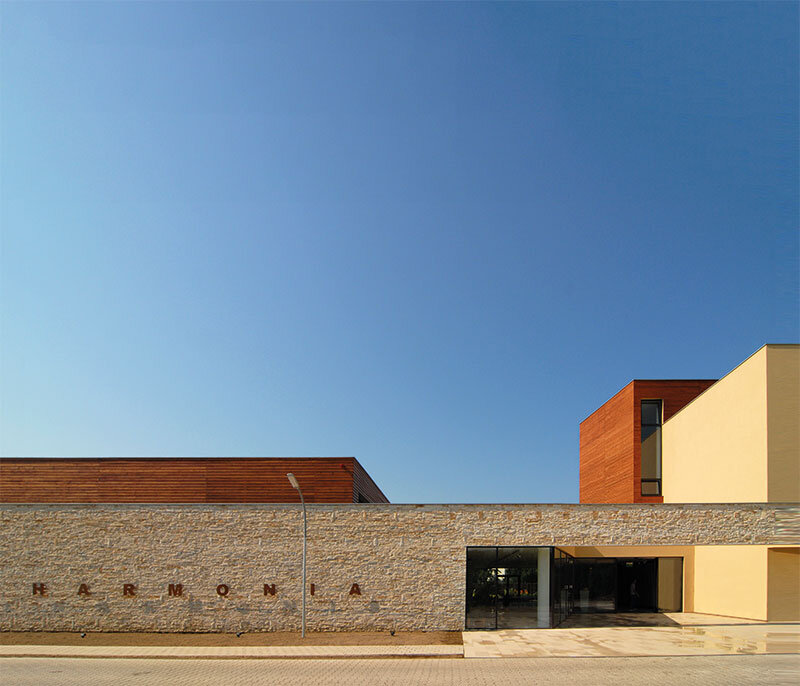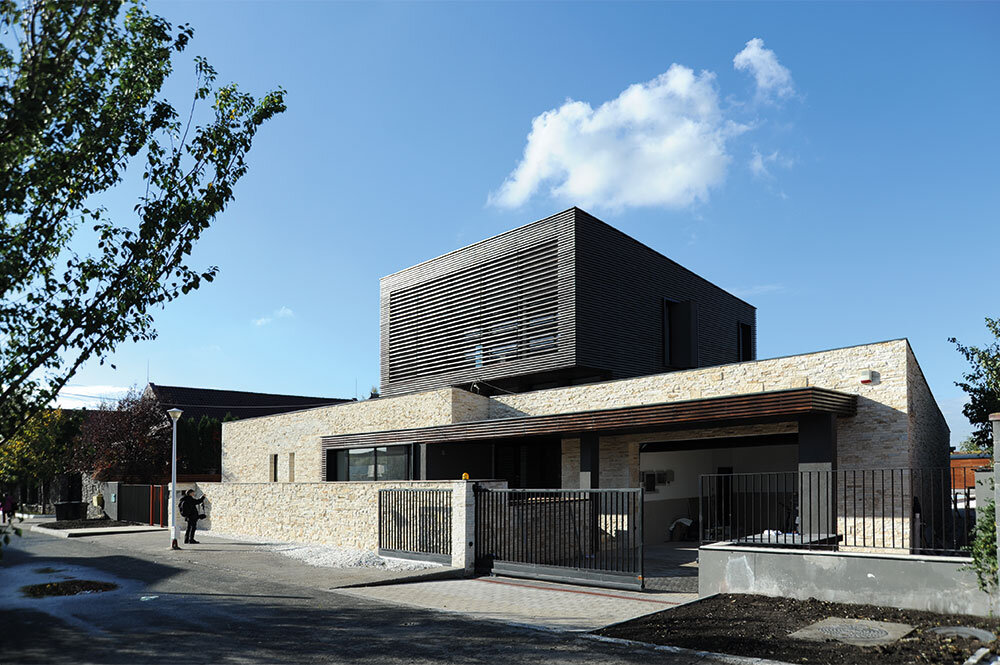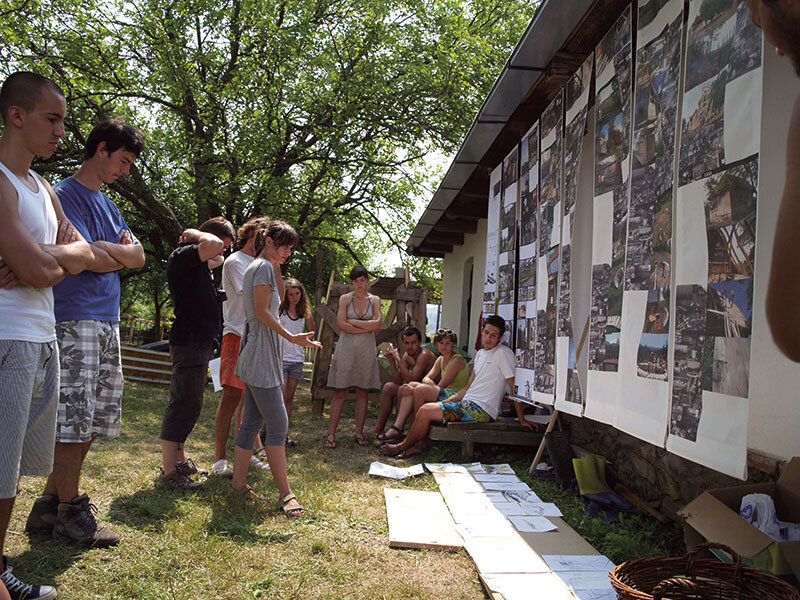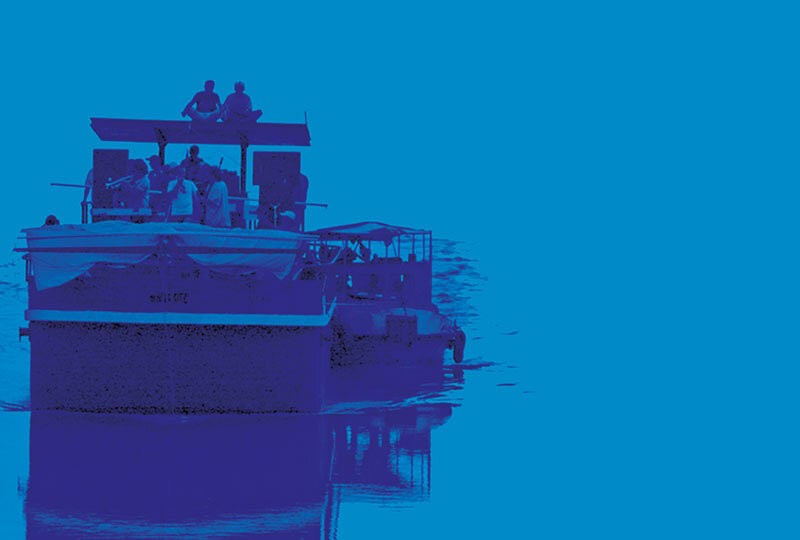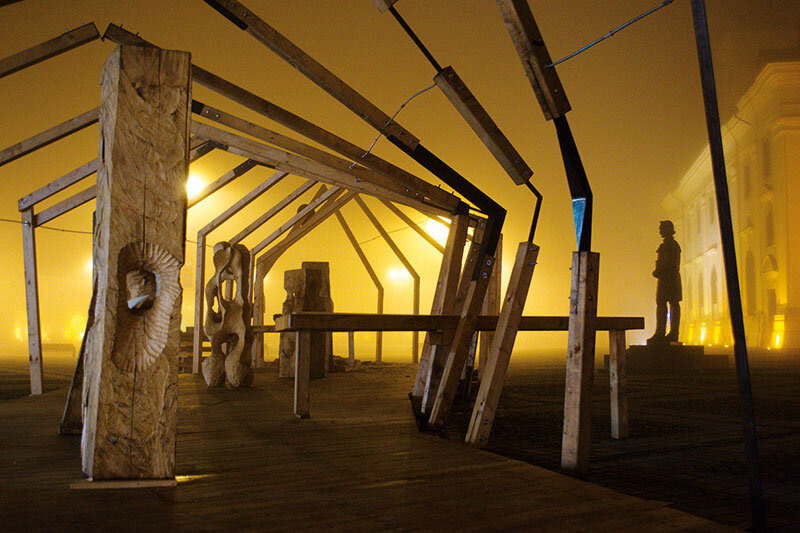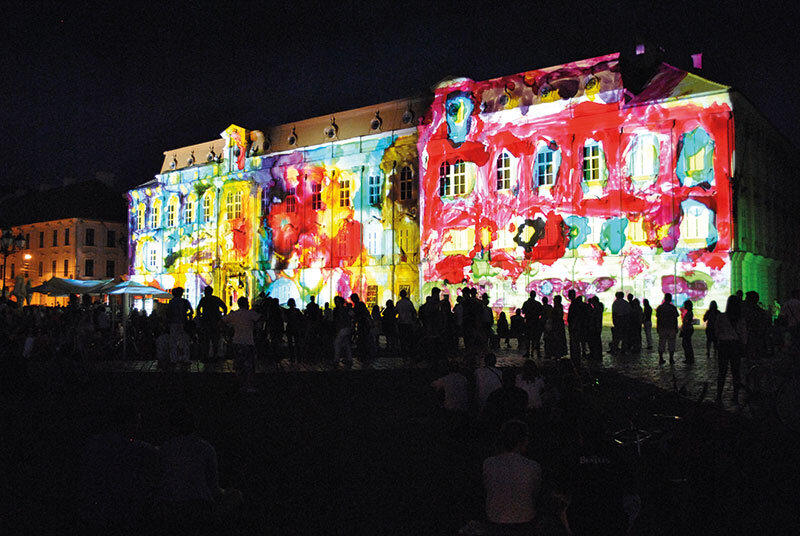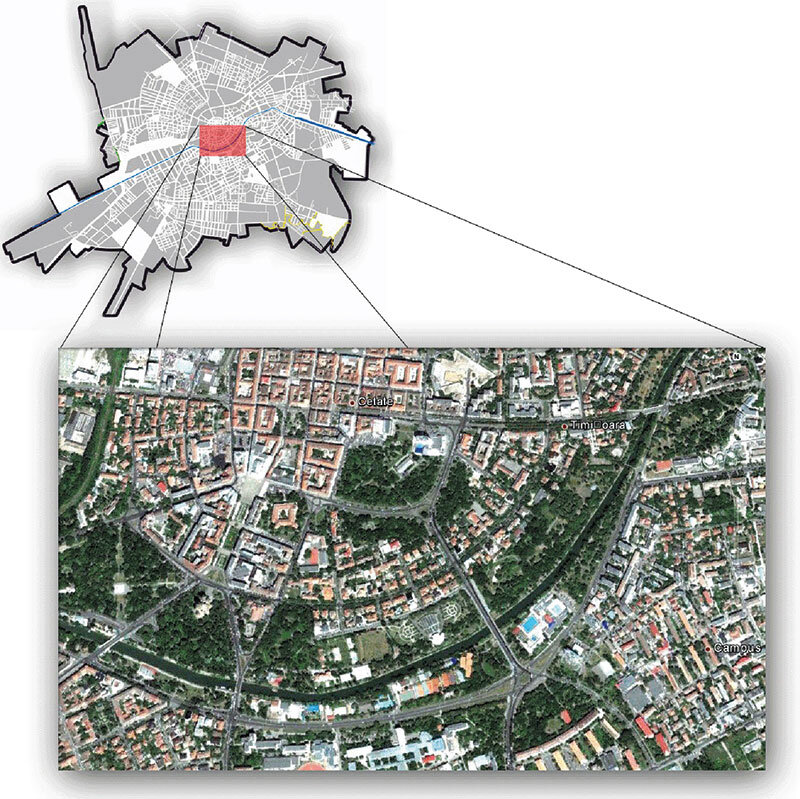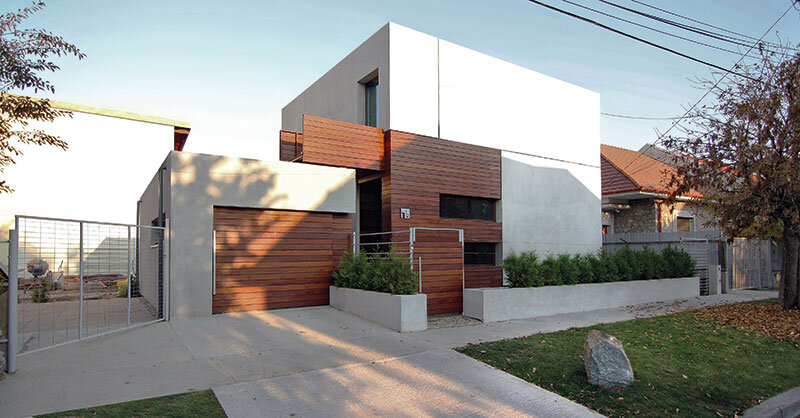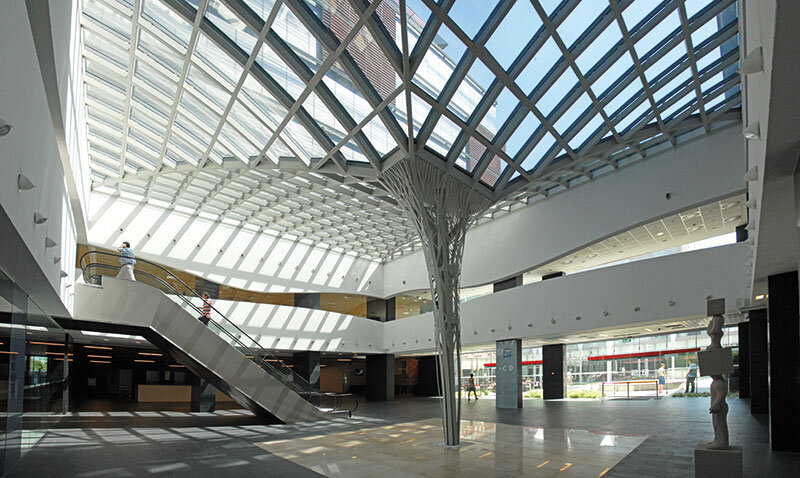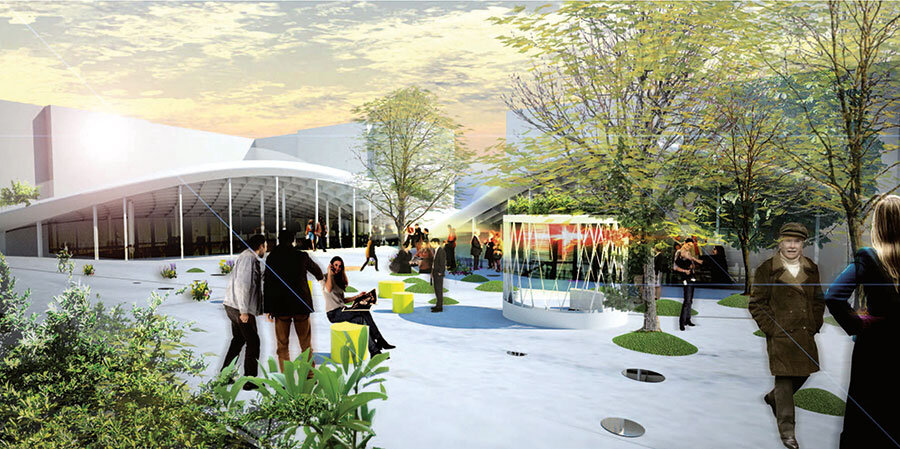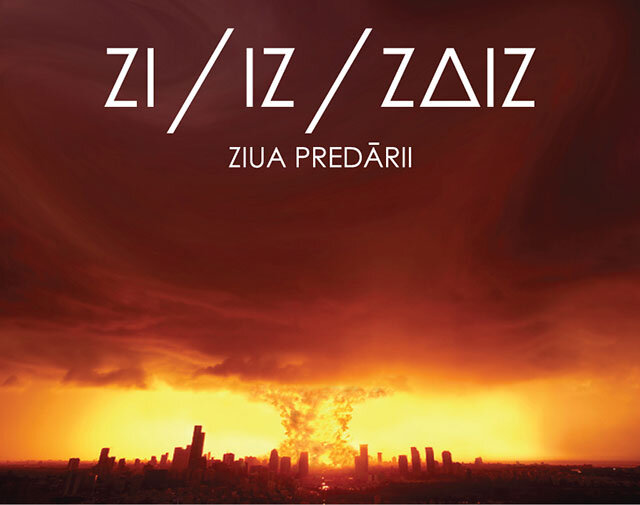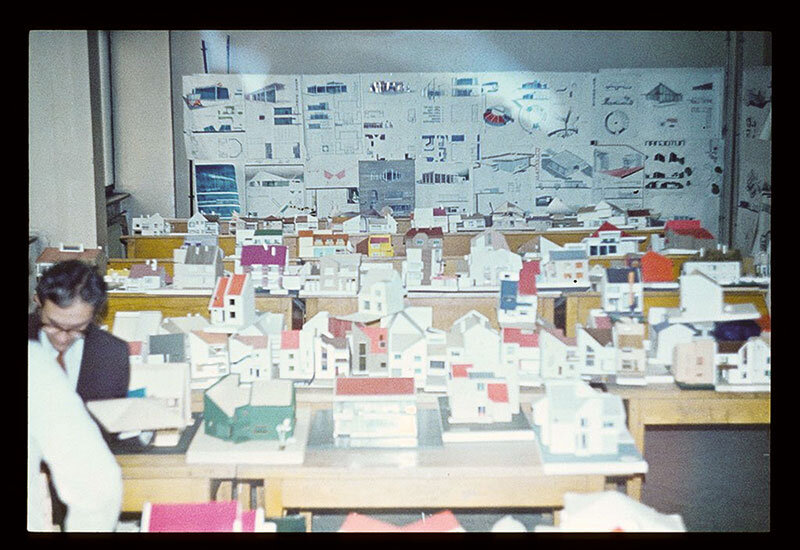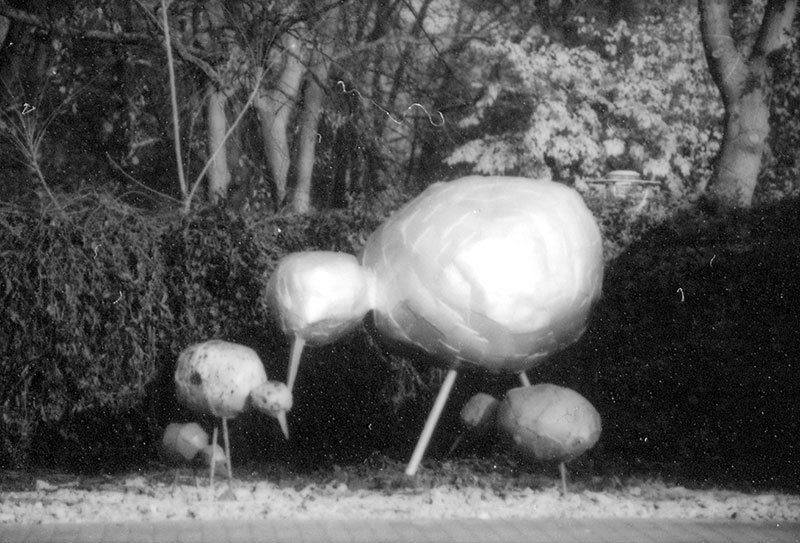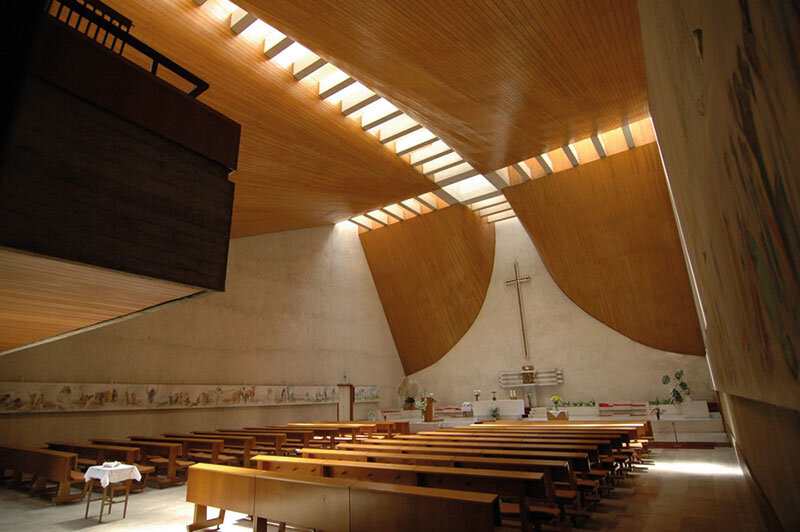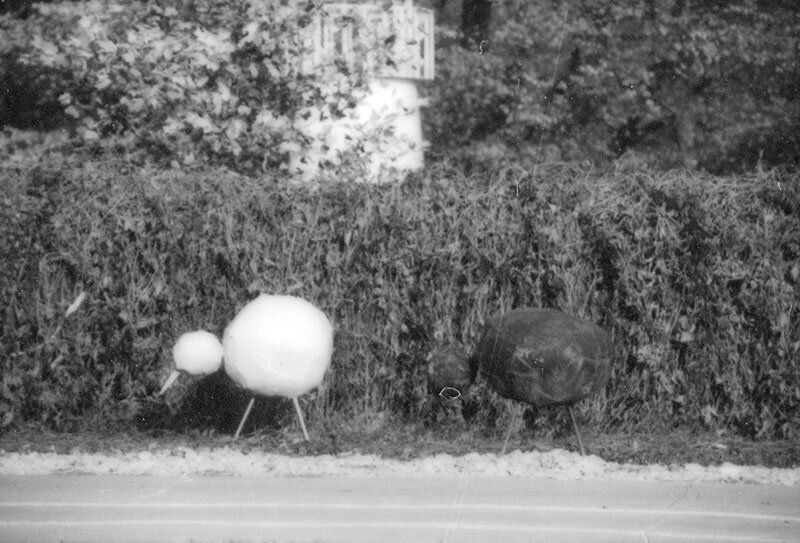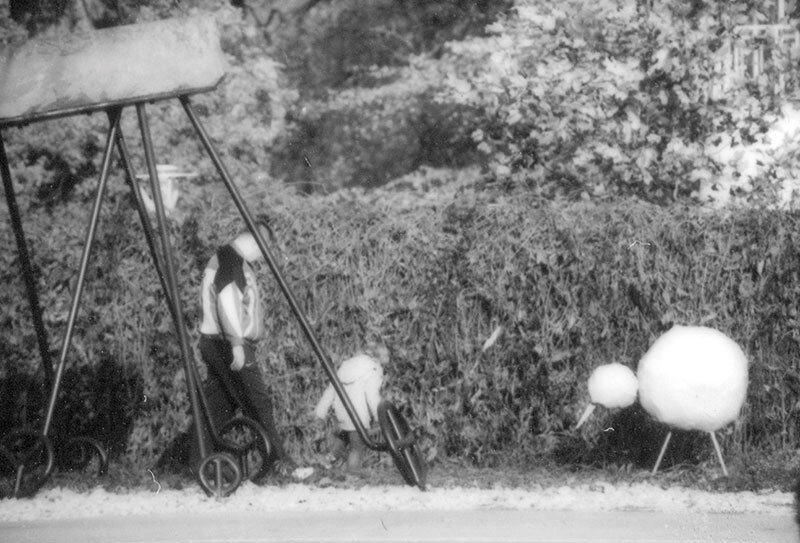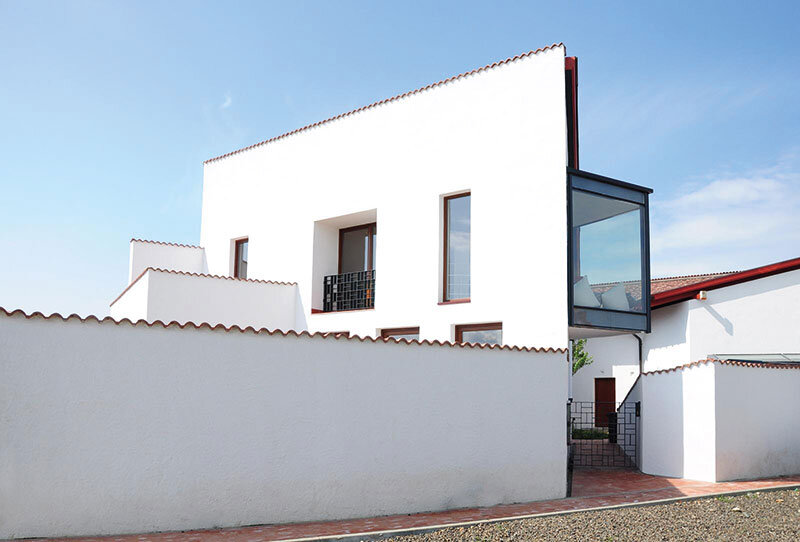
Argument on Topic: Spring in Timisoara
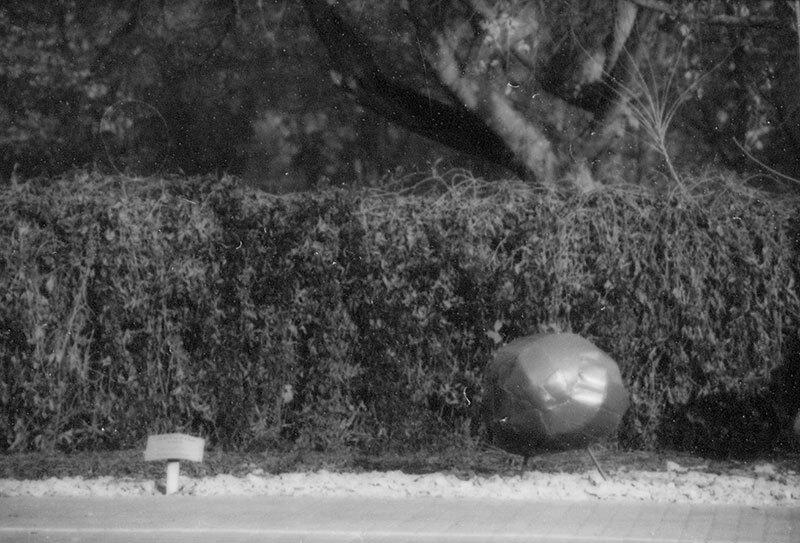
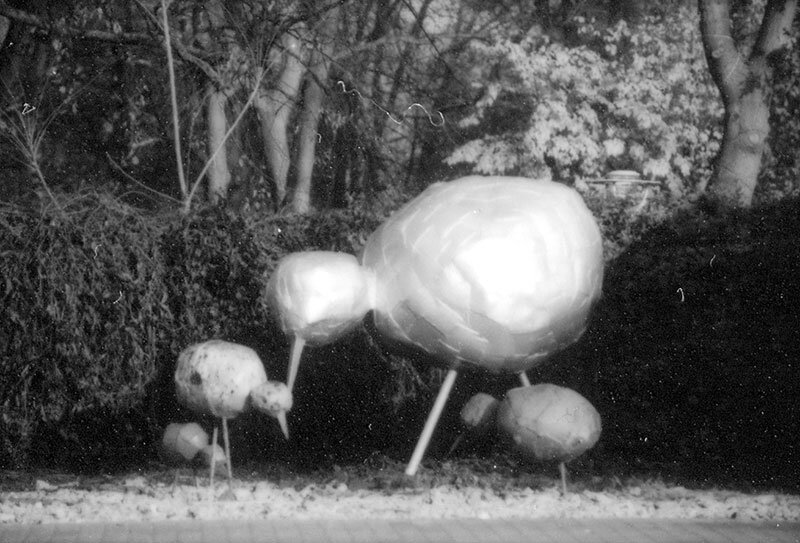
In the argument of the first issue dedicated to the regions/schools of architecture in Romania, Dana Vais, talking about the cool atmosphere of Cluj, observes that the glacial landscape of Romanian architecture can be thawed precisely by the coolness of gestures/interventions attentive to their cultural-geographical context. The appearance of the issue has stirred quite a few positive echoes, especially among younger architects from Timișoara. For some years now, Timișoara, which has always wanted to be in the limelight (an aspiration transformed by the saying "Tăt Banatu-i fruncea" into a somewhat incurable local disease) has been looking at Cluj's coolness with envy and respect. And if Cluj is now the cool city of the province, a status that Timișoara deservedly and without much effort in the 1990s, perhaps it is time for a new season for our city. A spring thaw...
Timisoara is a brand, perhaps the oldest and strongest in the country. If during the years of communism it used its peripheral position and proximity to the West to generate alternative discourses to the establishment, the two post-revolutionary decades, freeing the city from these internal burnings, have unleashed a veritable economic Eldorado, strengthening once again, if that were still the case, the eminently "bourgeois" character of the place. Benefiting from constant development, Timișoara grew relatively uniformly during this period, with the speculative boom of the 2000s finding it sufficiently well developed in terms of its built-up area. The two decades in question have left their mark mainly through an expansion of the metropolitan boundaries, following all the rules of speculative urban sprawl. The city, in its turn, has been augmented by some modern interventions and titled rehabilitations, but the bulk of the historic fabric has still remained unresolved. In spite of this development, beyond the new physical dimension or simple local patriotic slogans, many Timisoara residents rightly wonder whether this brand of pioneering, cosmopolitan spirit, variety and, last but not least, rebellion against all forms of stagnation is still valid today. The prosperity of the last decade has produced powerful shifts in the collective mentality, often taking the spatial, social, cultural and even political discourse from the zone of innovation and experimentation to the gray zone of consumerist self-sufficiency. If today the city were a human being, its body would certainly be stiff and directionless, not because of any motor deficiency, but because of the bipolar vision it would suffer from: with one eye looking nostalgically and self-sufficiently towards a past full of awards and glory, with the other one looking myopically, through the fog of the present, into a future without any clear target. Timisoara seems lulled to sleep by the success of its own brand.
If there's one thing that is known about us, the people from the province of Ancona, apart from the fact that we are sometimes overly boastful, it's that we are also very careful with our purse, especially in times of crisis like this. Under these circumstances, taking on the task of object architect in Timișoara is, not infrequently, tantamount to martyrdom. A simple recapitulation of the projects presented/selected in the last two local annuals confronts us with a sad fact: despite their constant quality, the critical mass of positive examples has dramatically decreased in recent years. This is one of the reasons why we thought it appropriate to give a secondary place to Timisoara's achievements (many of them already published in extenso) in this issue. They will serve as a formal backdrop (you will please, of architecture for architects) against which we will project the less spectacular examples of architecture for people. In a recent discussion with Professor Ioan Andreescu, he was drawing the attention of younger assistant professors of architecture to the local status quo of forms without substance and the fascination of architects in general with the purely formal exercise. The discussion in question captured, among other things, the need to redefine the entire academic process of training architects. One in which the social dimension, the sustainability of the intervention, the economics of the project and the critical discourse would occupy as important a place as the purely formal or technical aspects of the profession. With this in mind, we have decided to bring to the forefront in this special issue studies, strategies, projects or simple micro-interventions that use architecture and urbanism as a tool to repair the built space.
After two decades of chaotic and uncontrolled development, the current economic crisis gives us this extraordinary gift of hindsight and introspection. Perhaps the question we must ask ourselves as architects in these times is: thaumaturgist/demiurgist or archíatros?

